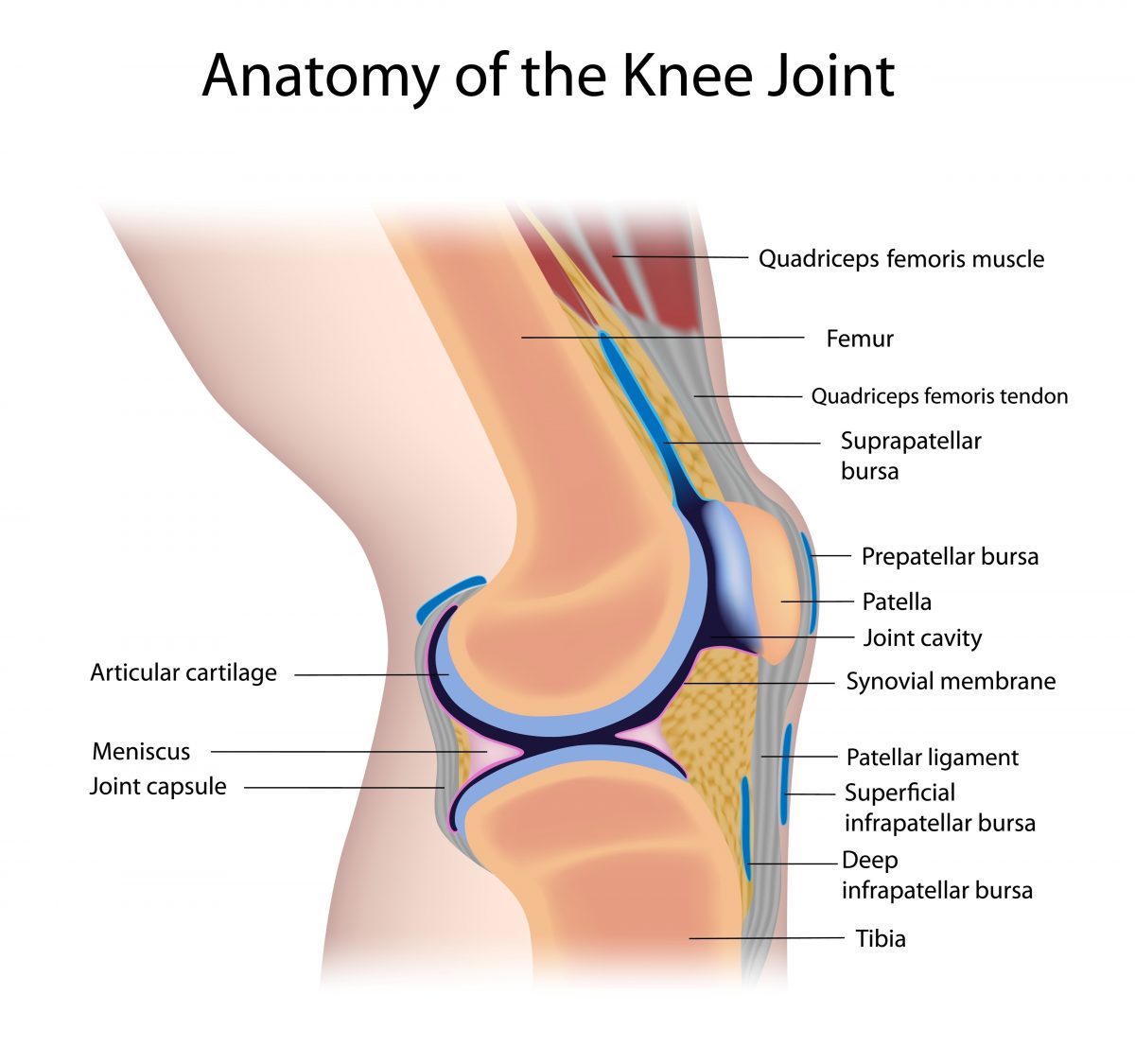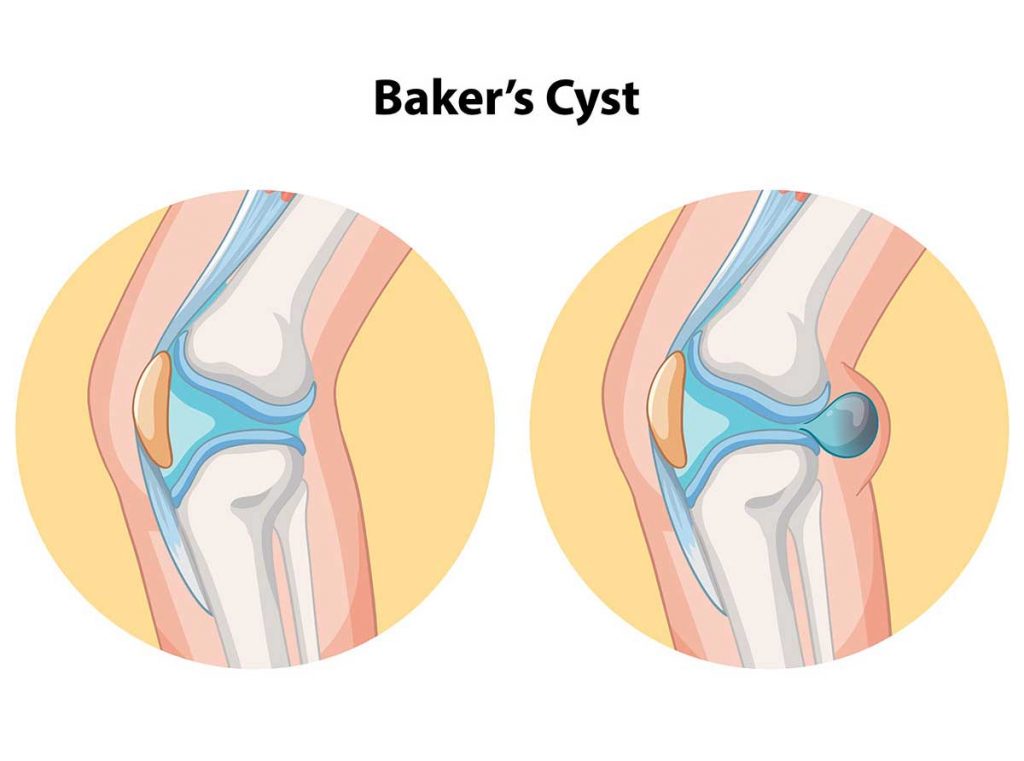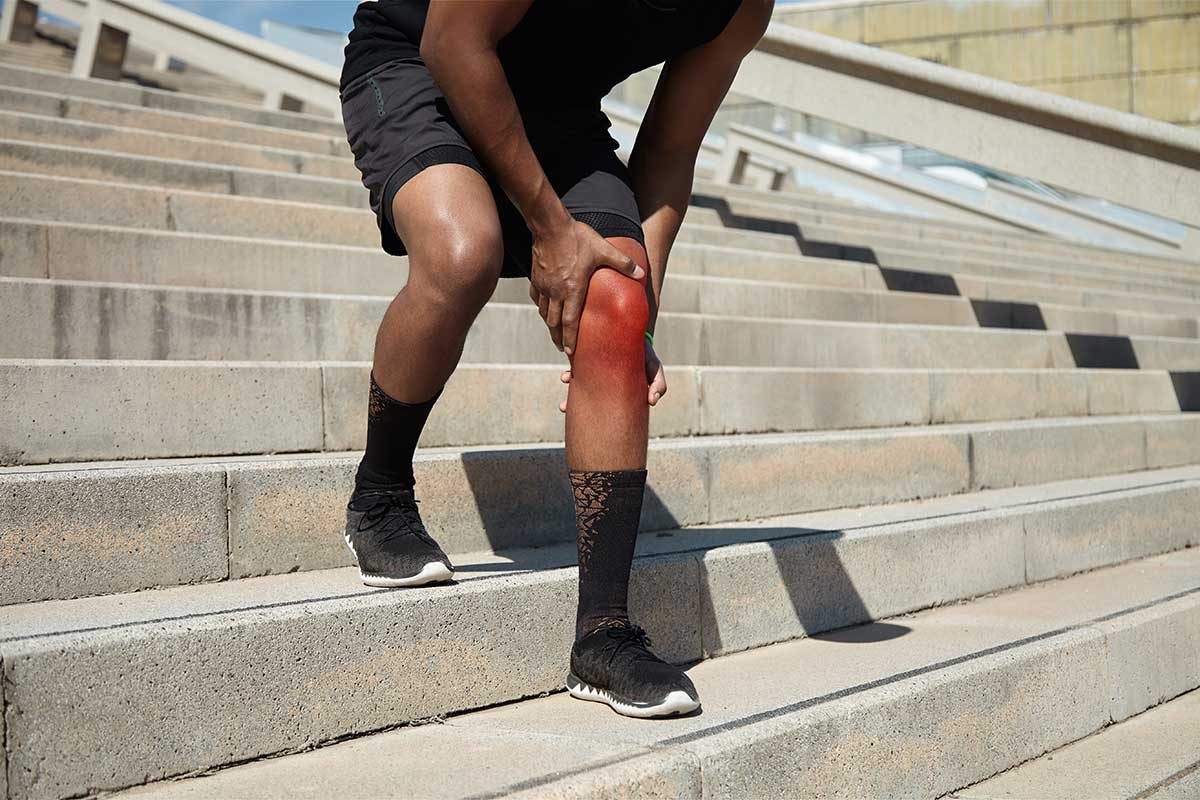Table of Contents
Knee pain is a common issue, affecting approximately 25% of adults. The common reasons for knee pain are injury, aging and medical conditions. An injury to the knee is an apparent cause of pain. However, millions of people experience sudden knee pain without injury. Unknown knee pain can develop slowly or suddenly and is often unexpected because there is no obvious cause.
Knee Pain Locations
Knee pain can occur in different locations of the joint. The location of the pain indicates the most likely structural elements causing it.
Anterior knee pain
Anterior knee pain occurs in the front and center of the joint. Anterior knee pain can be caused by issues like a kneecap, ligaments and tendons placed under too much stress, typically from an activity like running and jumping or obesity.
Posterior knee pain
Posterior knee pain is pain occurring behind the knee. Many issues can cause this type of pain, from arthritis to overuse.
Medial knee pain
Medial knee pain is inner knee pain. It, too, has many causes, like bursitis or overuse.

Common Causes of Knee Pain Without Injury
Overuse of the knee can cause throbbing knee pain with no injury. Inflammation of any of the muscles, tendons or ligaments in and around the knee leads to pain. Obesity is a risk factor for knee pain due to the extra pounds of pressure placed on the knee that leads to inflammation of the tendons. It is also a factor in many causes of knee pain without injury, including osteoarthritis and tendonitis.
Following are some of the common reasons people experience unknown knee pain.
1. Pes anserine bursitis
This is a common cause of knee pain felt inside the knee (medial knee pain). Bursa are fluid-filled sacs between the shinbone and hamstring tendons. They may become inflamed, produce too much fluid and swell. The swelling places pressure on the knee joint.
2. Arthritis
Knee osteoarthritis is a degenerative joint disease in which cartilage is lost through wear and tear. There are two types. Primary arthritis is joint degeneration that occurs without an apparent reason. Secondary arthritis is arthritis that develops for a reason. For example, rheumatoid arthritis leads to abnormal knee cartilage, but you may be unaware of what is happening until the pain begins. The pain is felt around the knee or in specific areas.
3. Gout
When you experience inner knee pain after waking up, it may be a gout flare-up. Gout is due to an accumulation of urate in the body, leading crystals to form in and around the joint. Gout flare-ups frequently start at night with pain felt in and around the knee.
4. Baker’s cyst
Often related to arthritis or gout, a Baker’s cyst is tissue swelling and inflammation behind the knee. Fluid-filled sacs form in the popliteal fossa, a diamond-shaped area in the posterior knee. This is the area where nerves and vessels pass between the thigh and leg. Baker’s Cyst is also called a popliteal cyst, and it is associated with knee degeneration.

5. Patellofemoral pain syndrome
Sometimes called “runner’s knee,” the syndrome develops in people who engage in repetitive knee bending. Runners, joggers, bicyclers, climbers and work responsibilities requiring frequent knee bending are common causes. Other causes include general knee overuse and structural issues like short muscles or anatomical factors. The pain is around or behind the kneecap (patella) and may feel worse when bending the knee or going up and down stairs or incline.
6. Nerve compression
Compressed nerves in and around the knee are another cause of knee pain without injury. For example, knee effusions can reduce arterial flow and cause nerve compressions. Effusions are abnormal fluid accumulations that can arise from conditions like arthritis, causing inflammation or osteoarthritis, leading to knee degeneration.
7. Sciatica
The sciatic nerve runs from the pelvis, behind the thigh and to the posterior knee. When the sciatic nerve is compressed or inflamed due to something like a herniated spinal disc, it can impact the peroneal nerve in the knee. Called referred pain, the knee pain actually originates in a different part of the body. The pain can occur in the front, back or side of the knee and may also lead to sharp leg pain below the knee and into the toes.
8. Meniscus degeneration
The meniscus is a particular type of cartilage that is like a C-shaped pad in the knee. It acts as a shock absorber between the shinbone and the thigh bone. The meniscus can deteriorate due to wear and tear over time. Degenerative meniscus tears from aging tissue or osteoarthritis cause knee pain. The meniscus tear can cause throbbing knee pain with no injury involved.
9. Structural issues
Sometimes, knee pain develops because of musculoskeletal issues. For example, valgus knee (knock knee) is a lower leg deformity in which the bone at the knee joint angles away from the body.
Paget’s disease is abnormal bone growth in which bones weaken and become misshapen. When that happens, extra stress may be placed on the knee, leading to cartilage damage and pain. Many musculoskeletal genetic conditions, like joint hypermobility syndrome and achondroplasia, may cause knee pain.
When to See a Doctor
The many reasons for knee pain that is not due to an apparent injury makes it difficult sometimes to know what to do. Home care for sudden knee pain without injury includes resting the knee, keeping the knee raised to reduce swelling, applying ice and taking an over-the-counter pain medication. If you cannot put weight on your knee, cannot flex or straighten it, or have knee pain and bruising around the knee, it is important to see a doctor immediately for an assessment.
Sources
- https://www.aafp.org/pubs/afp/issues/2018/1101/p576.html
- https://www.ncbi.nlm.nih.gov/books/NBK532941/
- https://www.ncbi.nlm.nih.gov/books/NBK507884/
- https://www.niams.nih.gov/health-topics/gout
- https://www.ncbi.nlm.nih.gov/books/NBK430774/
- https://www.ncbi.nlm.nih.gov/books/NBK561507/
- https://www.ncbi.nlm.nih.gov/books/NBK532279/
- https://www.ncbi.nlm.nih.gov/books/NBK507908/
- https://www.ncbi.nlm.nih.gov/pmc/articles/PMC9032096/
- https://www.ncbi.nlm.nih.gov/books/NBK559244/
- https://orthoinfo.aaos.org/en/diseases–conditions/pagets-disease-of-bone
